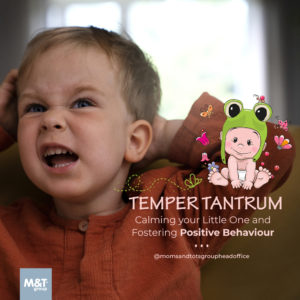Little ones between the ages of one and three are always absorbing new things. Their main mode for learning: Playtime. They begin by playing side-by-side (called parallel play), then progress into more interactive stuff, where they engage with and absorb information from their playmates. The right game can boost your kid’s cognitive, physical, and emotional skills, so get your toddler started with one of these games:
Simon Says
A game that you can play one on one or with a group of kids, Simon Says is a classic that teaches kids how to follow instructions. The rules are easy: You are Simon and what you say goes. Call out commands—“Simon says touch your toes!—and your kid has to follow them. It’s key they listen for the words “Simon says”—if you call out a command like “Jump up!” without prefacing with Simon says, players can be eliminated. Be sure to throw in some funny commands, too—do a silly dance, wiggle your ears, hop like a frog! This game is great for teaching toddlers the names for their body parts.
Hot and cold
See his favourite bear over there? Hide it and then have him search the room. If he’s wandering away from it, he’s cold, and as he gets closer he’s warm, warmer, hot! If he gets frustrated, you can hold his hand while he looks around. This game will sharpen your kid’s emotional skills—he’ll learn patience, perseverance and the idea that just because you can’t see something, it doesn’t mean it isn’t there.
One for you, one for me
Perfect for younger toddlers, this game teaches sharing. Set out a pile of objects like crayons or buttons and ask him to distribute them between you while saying “One for you, one for me.” Make sure you each have a container to hold your growing collections.
Hokey-Pokey
Another classic, this one is super fun to play and helps your kid follow instructions and learn the names for his body parts. The song “Hokey-Pokey” is a simple one with instructional lyrics. Playing is easy (you just do as the song says) and there are no losers!
You put your left foot (you can substitute for any body part) in,
You put your left foot out,
You put your left foot in, and you shake it all about!
You do the Hokey Pokey
(Raise hands, wiggle fingers, move arms—you can do whatever, really)
And you turn yourself around
(Turn around in a full circle)
That’s what it’s all about!
(Clap with each syllable)
Parachute
Often played at daycares or preschools, this game is best with more than two people. Spread out a large sheet (or a parachute if you have it!) and have everyone hold an edge tightly in both hands. Working together, you can slowly raise it overhead and say “Up, up, up!” then lower it saying “Down, down, down!” When you call “Under, under, under!” everyone can let go of the sheet and hurry under. Alternatively, you can get under the sheet while still holding its corners. This games helps kids develop their fine motor skills while teaching them to wait and listen.
Scavenger hunt
Is there anything more fun than a scavenger hunt? Send your toddler hunting for objects around the house based on commands, such as “find me something round” or “find me something red.” Or, you could ask her to choose a bunch of random objects and ask her questions like “Which one is blue?” or “Which one is longer?”
Hide-and-seek
Teach your little kid problem solving skills by hiding from him! Or, if you’d rather not hide, you can always ask your her to hide an object in another room or sneaky spot of her choice—it could be as simple as asking her to go put a wrapper in the trash without telling her where the trash can is.
Obstacle course
Promote gross motor skills, coordination and balance with a fun, safe obstacle course. If space allows, you can set up a small course in your living room or outside in the yard to get your kid rolling, jumping and running around, over or under objects or markers.
Puzzles
Puzzles are great games for toddlers because they cover all bases: Physical (from making the pieces fit), cognitive (actually solving the puzzle) and emotional skills (learning how to be patient.) Building a puzzle can also boost your kid’s memory, teach him about different shapes, and help him set (and meet!) simple goals.
Odd one out
Place a series of blocks of the same colour in front of your toddler, making sure to add at least one block that’s a different colour (you could also do this with small fruit or veggies). Once she’s had a chance to look at all the blocks, ask her which one is the odd one out. You can make this game harder by using flash cards of shapes or plants, then ask her which ones are similar and which ones are different.





